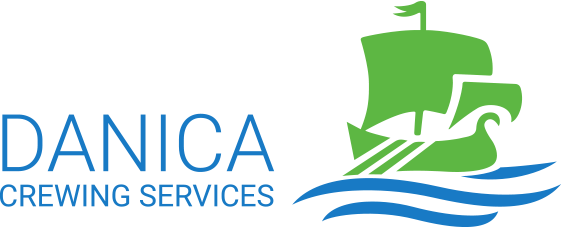Crews from around the world
Danica Crewing Specialists is able to supply your ships with a range of competent crew of many different nationalities.
Here is some information to help you decide who best suits your needs.
India fact sheet

General
“India is part of the continent of Asia. It is the seventh largest country in the world and the largest democratic one.
Most of India forms a peninsula, which means it is surrounded by water on three sides. The world’s highest mountain range, the Himalayas, rises in the north, while the southeast is bordered by the Bay of Bengal and the southwest is bordered by the Arabian Sea.
India’s terrain varies widely, from the Thar Desert in the west to jungles in the northeast. A fertile area called the Ganges Plain covers much of northern India. This formation was created from soil that was deposited by rivers running from the Himalayas. In some places, this layer of silt is over 25,000 feet (7,620 meters) deep.”
Capital
Mumbai
Population
1.42 Billion
Currency
Indian Rupee (INR). 1 USD = 82 INR (February 2023)
Language
India is a land with a range of languages and cultural diversity. The Indian Constitution recognizes 22 different languages, although Hindi and English have been designated as the official languages.
Seafaring history and traditions
“The beginning of India’s maritime history dates back to 3000 BC. During this time, the inhabitants of the Indus Valley had maritime trade links with Mesopotamia. Excavation at Mohenjo-Daro and Harappa has revealed ample evidence that maritime activities flourished during this period.
The discovery of a dry-dock at Lothal (about 400 km Southwest of Ahmedabad) gives an insight into the knowledge of tides, winds and other nautical factors that existed during that period. The dry-dock at Lothal dates back to 2400 BC and is regarded as the first such facility anywhere in the world, equipped to berth and service ships.
A study of the country’s maritime history reveals that the Indian sub-continent exercised supremacy over the Indian Ocean from very early times up to the 13th century. Indians took to the sea for trade and commerce rather than for political ends. Thus, the period up to about 16th century witnessed peaceful sea-borne commerce and cultural and traditional exchange between countries.
When India gained independence in 1947 from the British Empire, Indian tonnage was only 192,000 tons with handful of captains and seafarers. Over the past 75 years India has grown to be a major maritime nation in terms of tonnage and seafarers.”
Number of officers
145,000
Number of ratings
85,000
Vessel types (on which the seafarers have experience)
All types, including Main Fleet and Offshore vessels
Key maritime cities / Seafarer hubs
Seafarers are spread all over the country, but the major cities are Mumbai, Delhi, Patna, Kolkata, Chennai, and Kochi.
Key maritime education and training centres
Indian Maritime University and there are many other private recognized centres spread all across India
Danica Office
C/O Energios Maritime Pvt. Ltd. A-401, Citi Point, Andheri-Kurla Road, Andheri – East, Mumbai – 400059, India
